Team:Peking
From 2012.igem.org
m |
m |
||
| Line 704: | Line 704: | ||
<ul id="PKU_gallery_section_project" class="horizontal"> | <ul id="PKU_gallery_section_project" class="horizontal"> | ||
<li name="PKU_gallery_section_h" class="PKU_gallery_section_h"> | <li name="PKU_gallery_section_h" class="PKU_gallery_section_h"> | ||
| - | <p>During the last few decades, chemically regulated genetic systems have been thoroughly developed and analyzed. Though remarkable endeavors were made towards this issue, the disadvantages of chemical regulation remain: the high cost of chemical synthesis, the diffusion limits, the insecurity and the limited choices of chemicals. <br /> Light, in contrast, is more controllable to regulate molecular and cellular behavior. However, most optogenetics methods rely on laser, which limits their field application. <br /> | + | <p>During the last few decades, chemically regulated genetic systems have been thoroughly developed and analyzed. Though remarkable endeavors were made towards this issue, the disadvantages of chemical regulation remain: the high cost of chemical synthesis, the diffusion limits, the insecurity and the limited choices of chemicals. <br /><br /> Light, in contrast, is more controllable to regulate molecular and cellular behavior. However, most optogenetics methods rely on laser, which limits their field application. <br /><br /> This summer, Peking iGEM is endeavoring on developing a new ultra-sensitive luminescence sensor and has programmed cells to talk through light. </p> |
| - | This summer, Peking iGEM is endeavoring on developing a new ultra-sensitive luminescence sensor and has programmed cells to talk through light. </p> | + | |
</li> | </li> | ||
<li name="PKU_gallery_section_h" class="PKU_gallery_section_h"> | <li name="PKU_gallery_section_h" class="PKU_gallery_section_h"> | ||
Revision as of 10:48, 3 September 2012
-
-
-

-
-
-
-
-
-
Modeling Quickview and Wiki Page is comming soon...
-
-
-
Our Human Practice Page has been partially constructed.
click the circle above to Wiki Page. -
Human Practice Quickview is comming soon...
-
Human Practice Quickview is comming soon...
-
Human Practice Quickview is comming soon...
-
-
-
Our Safety Page has been constructed.
click the circle above to Wiki Page.
-
-
-
Team Quickview and Wiki Page is comming soon...
-
-
-
During the last few decades, chemically regulated genetic systems have been thoroughly developed and analyzed. Though remarkable endeavors were made towards this issue, the disadvantages of chemical regulation remain: the high cost of chemical synthesis, the diffusion limits, the insecurity and the limited choices of chemicals.
Light, in contrast, is more controllable to regulate molecular and cellular behavior. However, most optogenetics methods rely on laser, which limits their field application.
This summer, Peking iGEM is endeavoring on developing a new ultra-sensitive luminescence sensor and has programmed cells to talk through light. -
Project Quickview and Wiki Page is comming soon...
-
Project Quickview and Wiki Page is comming soon... -
Project Quickview and Wiki Page is comming soon... -
Project Quickview and Wiki Page is comming soon...
-
-
-
Parts Quickview and Wiki Page is comming soon...
-
-
-
-
-
-
 "
"










